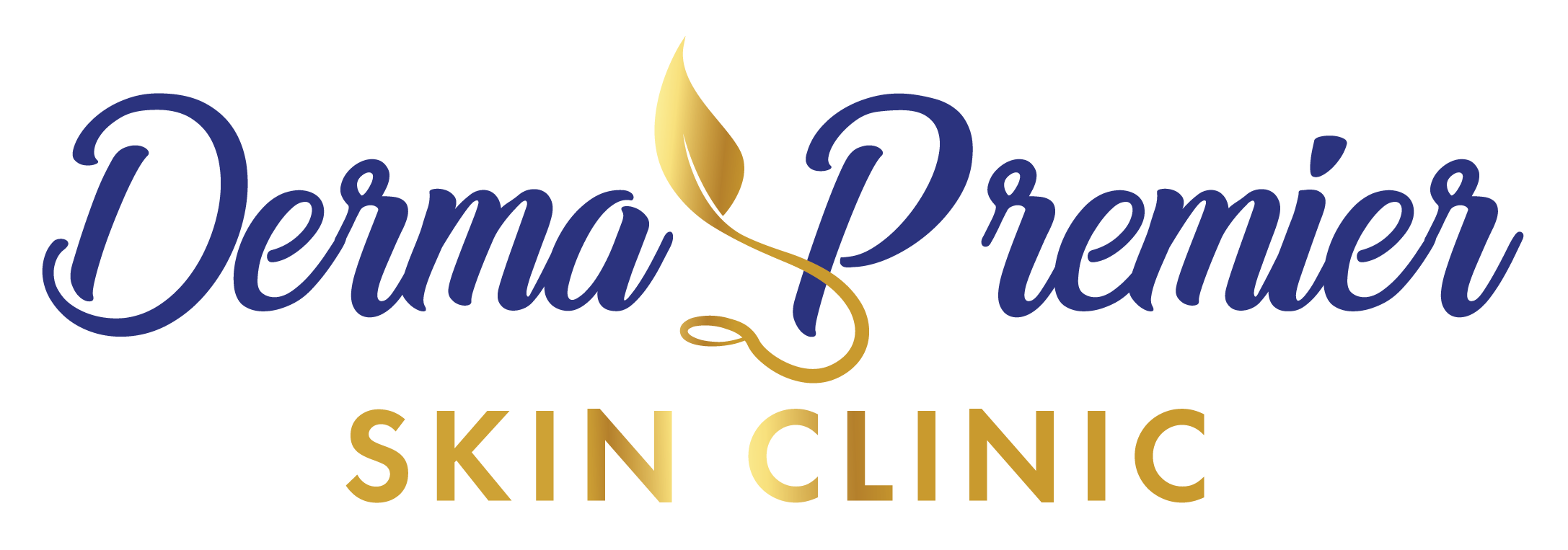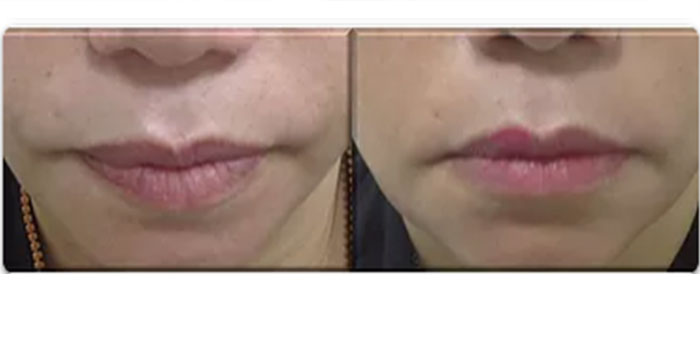LED (Light-Emitting Diode) therapy
LED Therapy is a handheld device that sends specific wavelengths of light energy (painlessly) into the skin’s deeper layers.
- Red light stimulates collagen and elastin production, which leads to plumped wrinkles and firmer skin: red & infrared LED light therapy for skin rejuvenation, soothing and healing mode.
- blue light kills the bacteria that contribute to acne. Both red and blue lights can be turned on simultaneously:Blue & infrared LED light therapy for Acne and anti-bacterial treatment mode
- Near-infrared light promotes circulation and scar healing.
Light Emitting Diode (LED) light therapy was first discovered by NASA’s scientists while studying ways to grow plants in space. The researchers found that LED lights produce similar physiological effect on human cells as they do on plant cells which lead to their discovery that the LED (infrared) lights promote wound healing and human tissue growth.
The clinical trial led by NASA-Marshall Space Flight Center reported that cells exposed to LED light have been found to grow 150% to 200% faster because the light enhances cellular metabolism, accelerates the repair and replenishment of damaged skin cells. The therapy works by driving beams of light energy (LED) through our skin in which triggers our body’s natural collagen production.
In depth, LED light activates the ATP (adenosine triphosphate) which is a key chemical found in all living cells. In short, ATP is fuel for our cells. When we boost our ATP, we are prompting the cells to do what they do naturally, repair and regenerate, just at an accelerated rate. This prompts the skin’s fibroblast to produce collagen and stabilize elastin – the proteins responsible for the skin’s tone and elasticity. The infrared LED light runs in the background at all times and increases blood circulation. In addition to making our skin firm and young, the increased cellular metabolism affects myriad of other reparative functions including the improvement of blood and oxygen flow, scarring, and inflammatory conditions such as hyper-pigmentation, acne, and rosacea.


